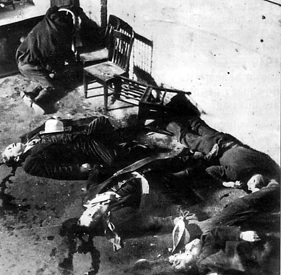
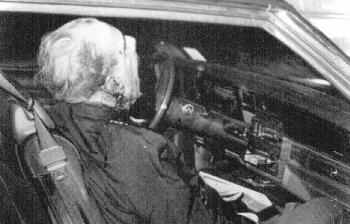
The Morbidly Fascinating Page
This Month's Subject:
Mob Hits in the USA
IN THE ARCHIVES:
Autopsy
Death Scenes
Circus Freaks
The Real Amityville Horror
The Elephant Man
Permanent Halloween Costumes
Sleeping Beauty II
MOBSTER HITS FROM THE DEPRESSION ERA THROUGH THE 1980s
1933 Mob Hit in Los Angeles (below)
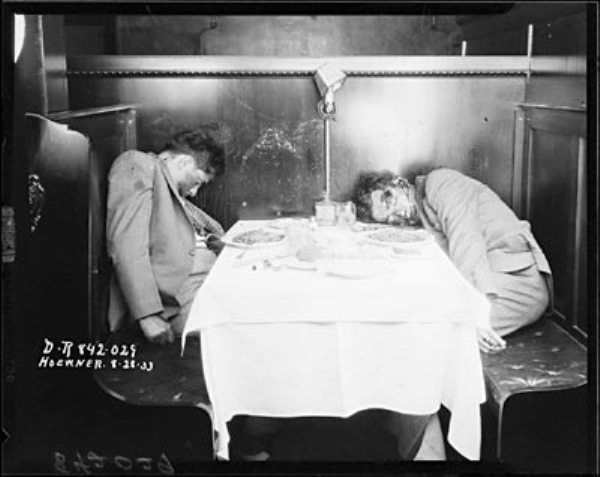
Close-up of the victim on the right (below, from photo above)
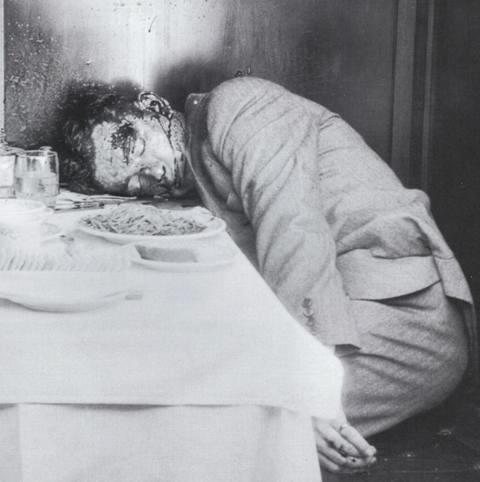
Willie Moretti in 1951
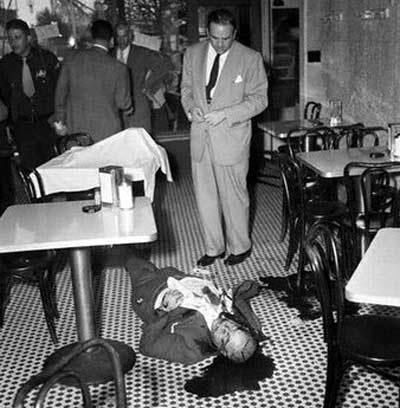
Willie removed from restaurant
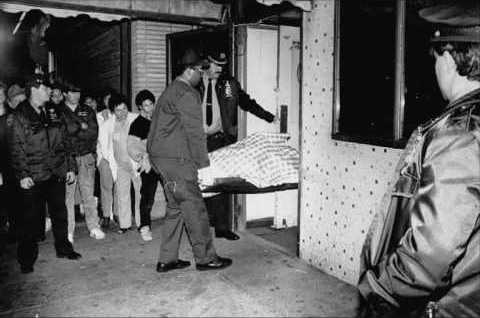
Porbello Hit in 1932
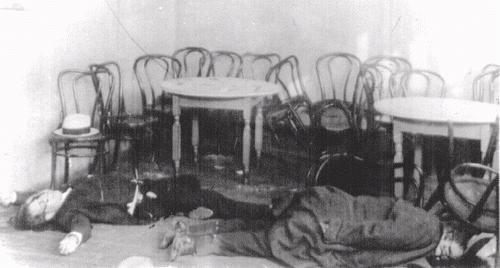
St. Valentine's Day Massacre (see details at right of page)
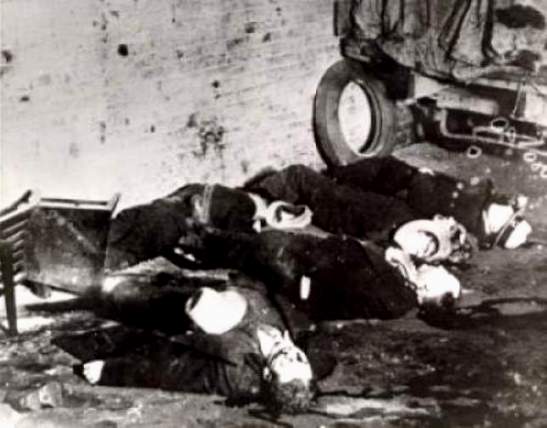
A 1930 murder of a Chicago newspaper reporter who allegedly took payoffs from Al Capone

Salvatore Maranzano hit in September 1930
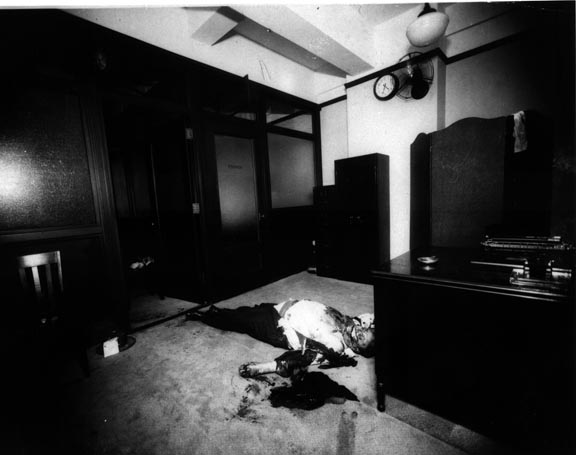
Angeleno Bruno hit in his car in 1980
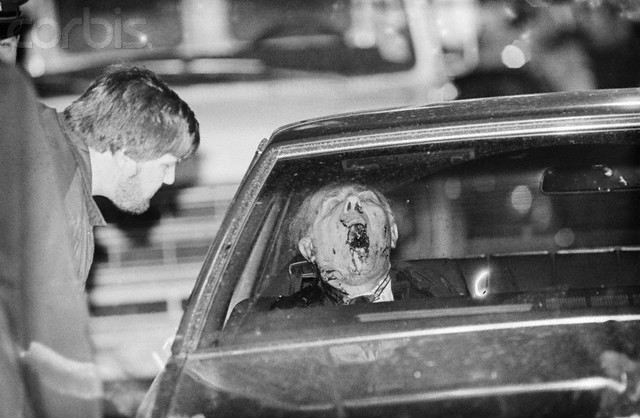
Crime boss Carmine Gallante
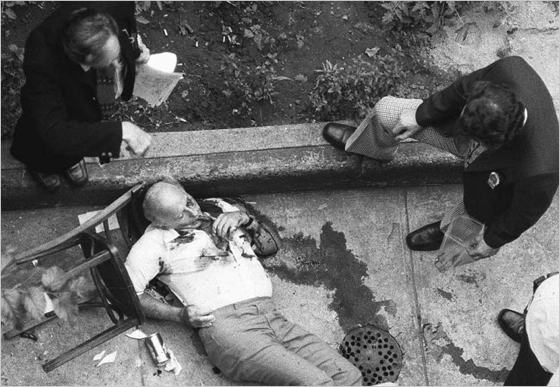
Benjamin "Bugsy" Siegel alive
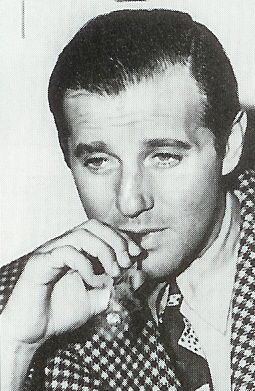
Bugsy Seigel dead in California at the home of his then girlfriend Virginia Hill
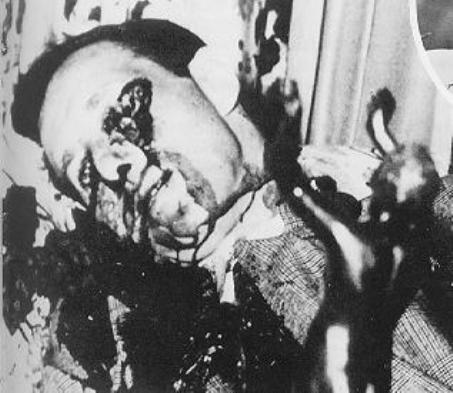
The early Federal Bureau of Investigation (FBI) and John Dillinger
John Dillinger alive
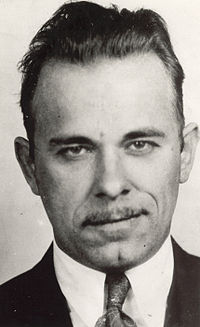
John Dillinger dead
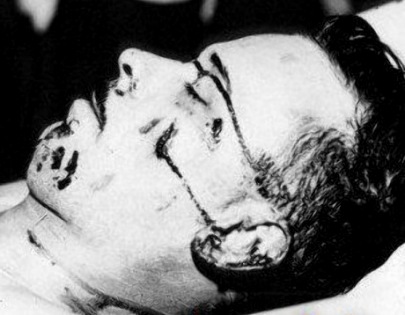
In the late 1920s through the 1930s, numerous high-profile crimes and criminals took center stage with J. Edgar Hoover and his agents, who became known as "G-Men."
Gangsters, in particular, became larger than life, capturing the imagination of millions of Americans. Gangsters like "Machine Gun" Kelly, "Pretty Boy" Floyd, "Baby Face" Nelson, John Dillinger, Al Capone, "Ma" Barker, and others became notorious heroes. Director Hoover rose to the challenge, and with the assistance of Hollywood and detective fiction writers, he was able to portray his agents (and himself) as mythical foes of the gangsters. While gangsters were portrayed as public enemies, the Bureau of Investigation's G-Men were cop-heros, and J. Edgar Hoover was top-cop.
The bureau was not immune from bungled investigations. John Dillinger proved a case in point.
When bank robber John Dillinger escaped from jail on 3 March 1934, the bureau mounted a full-scale operation to catch him. For two months Dillinger eluded the bureau's traps.
FBI Agent Purvis received a tip that Dillinger and members of his gang were hiding in Little Bohemia, a resort in Wisconsin. As agents converged on the lodge, several men ran from the area. As they drove away, agents fired on them, killing one and seriously injuring the others.
As it turned out, these men were not part of Dillinger's gang. Dillinger and his associates had escaped through a back window. This latest failed attempt to capture Dillinger was a major embarrassment to Hoover and the bureau. Dillinger became public enemy number one.
Acting on another tip several weeks later, Agent Purvis shot and killed Dillinger as he left a theater. Purvis got the glory as the man who got Dillinger (and later "Baby Face" Nelson) and Hoover resented it.
See the entire article HERE.
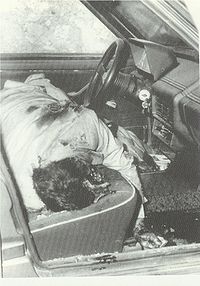
The Saint Valentine's Day Massacre
The Saint Valentine's Day massacre is the name given to the murder of seven people as part of a prohibition era conflict between two powerful criminal gangs in Chicago, in 1929: the South Side Italian gang led by Al Capone and the North Side Irish gang led by Bugs Moran. Former members of the Egan's Rats gang were also suspected to have played a large role in the St. Valentine's Day massacre, assisting Capone. Capone might have ordered it after Bugs' gang machine-gunned Al Capone's headquarters.
See the entire article HERE.
St. Valentine's Day Massacre
